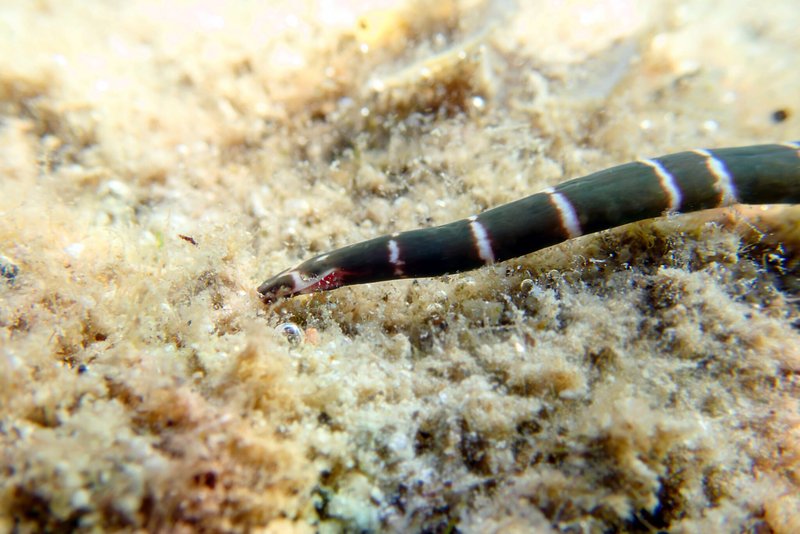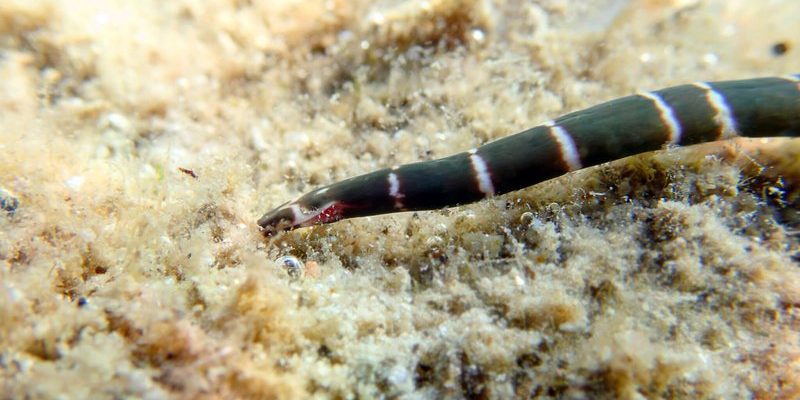
Picture a ribbon worm as a kind of underwater spaghetti—flexible, long, and often a bit wiggly. They’ve developed some remarkable adaptations for hunting, including a unique feeding system. But like any good predator, they don’t exist in a vacuum. Ribbon worms share their habitat with various other species, leading to competition for food and territory. So, how do they stack up against the other hunters in their watery world?
Let’s break down the lives of ribbon worms, their hunting strategies, and their interactions with other predators in their ecosystem.
What Are Ribbon Worms?
Ribbon worms, scientifically known as *Nemertea*, are a diverse group of invertebrates. They can be found in marine, brackish, and even freshwater environments. Characterized by their long, slender bodies, some species can stretch several meters long! Their appearance is quite striking, often displaying vibrant colors that provide camouflage among the ocean floor.
Interestingly, ribbon worms have a unique trait called a proboscis. This is a long, retractable organ that helps them capture prey. When they spot a meal, they can shoot this proboscis out at lightning speed, wrapping it around unsuspecting victims. This feeding method sets them apart from many other predators. But let’s not forget: while they have their own unique hunting style, they still have to contend with the competition in their environment.
The Ribbon Worm’s Hunting Style
Ribbon worms are carnivorous, which means they primarily eat other animals. Their diet mainly consists of small invertebrates, including worms, crustaceans, and even fish larvae. The way they hunt is pretty fascinating. Here’s how it usually goes:
- Ambush and Capture: Ribbon worms often hide in the substrate or among rocks. When prey comes close, they strike quickly with their proboscis and immobilize their meal.
- Digestion: After capturing their prey, they will pull it into their bodies, where it is digested. This means they don’t just swallow their food whole; they have a unique way of breaking down what they catch.
- Probing the Environment: Ribbon worms also use their body to sense their surroundings. They can detect vibrations and chemical signals, allowing them to find prey even when it’s not in sight.
So, while their hunting technique is effective, how does it measure up against the other predators in the ocean?
Competition in Ribbon Worm Habitats
You might think of the ocean floor as a bustling marketplace, with all sorts of creatures vying for the same goods—food. Ribbon worms share their habitat with a variety of predators, from fish and crabs to more significant invertebrates like sea stars. In this competitive environment, finding food can be a challenge.
For example, many fish are also opportunistic feeders. They might nibble on the same crustaceans or small worms that ribbon worms target. Crabs, with their sharp pincers, can quickly scavenge food sources, often leaving little for ribbon worms. This competition can put pressure on ribbon worms, pushing them to adapt their strategies or move locations to find enough food.
But here’s the interesting part: ribbon worms are incredibly versatile. They can often adjust their diet based on what’s available, allowing them to thrive even with competition.
Predator-Prey Relationships
In nature, the relationship between predators and their prey is a delicate balance. Ribbon worms play an essential role in maintaining this dynamic. When they hunt and consume smaller prey, they help control populations of those species, contributing to a balanced ecosystem.
However, ribbon worms themselves aren’t without threats. Larger predators, like certain fish species or even seabirds, can prey on them. This leads to a fascinating cycle of competition and adaptation, where each species influences the others.
In a sense, ribbon worms can be viewed as both predators and prey. They must constantly be aware of their surroundings to avoid becoming a meal while still chasing down food. This dual role adds complexity to their competition with other marine hunters.
Impact of Environmental Changes
Environmental factors can significantly affect the competition ribbon worms face. Changes in water temperature, salinity, and habitat destruction can shift the dynamics of predator-prey relationships. For instance, when waters warm, it might benefit certain fish populations, increasing competition for the ribbon worms.
Pollution and habitat loss can also reduce food availability. As their primary food sources dwindle, ribbon worms may struggle to compete effectively. They might need to adapt or change their diets more significantly, leading to potential declines in their populations if they can’t keep up.
Understanding how these environmental shifts affect ribbon worms provides insight into the broader health of marine ecosystems. It’s a delicate balance, and the impacts on one species can ripple through the food web.
So, do ribbon worms compete with other predators? The answer is a resounding yes. They navigate a complex landscape filled with both challenges and opportunities. From their unique hunting strategies to their resilience in the face of environmental changes, ribbon worms reveal the fascinating intricacies of marine life.
As we learn more about these creatures, we can appreciate their role in the ecosystem and the delicate balance of nature. Understanding the competition they face can help us make informed choices about protecting our oceans and preserving the diverse life that thrives within them. So, the next time you think about ocean predators, remember to give a nod to the humble ribbon worm and its incredible journey through the underwater world.

